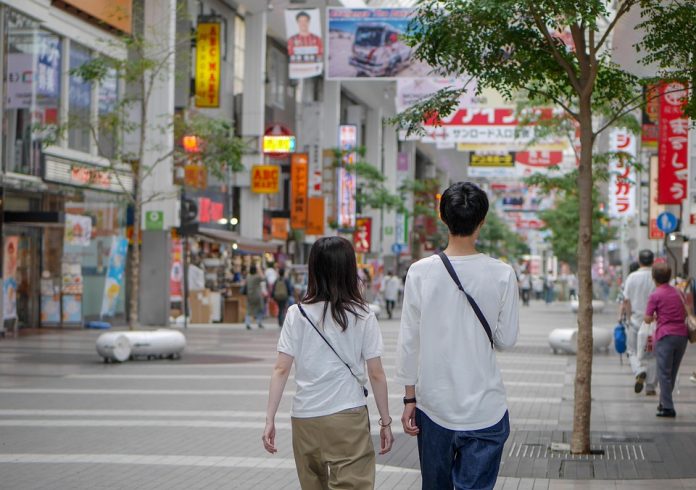Introduction to Scandinavian Culture
Scandinavian culture is renowned for its emphasis on coziness, warmth, and togetherness. From the Swedish concept of "fika" to the Danish idea of "hygge," these nations have perfected the art of creating a sense of comfort and community. In this article, we will delve into the world of Scandinavian culture, exploring the history and significance of fika and hygge, and how these concepts are redefining the way we think about coziness.
The Concept of Fika
Fika is a Swedish tradition that translates to "coffee break" in English. However, it’s so much more than just a pause in the day to grab a cup of coffee. Fika is a cultural phenomenon that involves taking a break from the hustle and bustle of daily life to enjoy good company, delicious treats, and warm beverages. It’s a time to slow down, relax, and recharge with friends, family, or colleagues. In Sweden, fika is an integral part of the work culture, with many companies incorporating fika breaks into their daily routines.
The Origins of Fika
The concept of fika dates back to the 18th century, when coffee was first introduced to Sweden. At that time, coffee was a luxury item, and drinking it was a special occasion. As coffee became more accessible, the tradition of fika evolved, and it became an essential part of Swedish social culture. Today, fika is an ingrained part of Swedish daily life, with many Swedes taking multiple fika breaks throughout the day.
The Danish Concept of Hygge
Hygge (pronounced hoo-gah) is a Danish concept that’s difficult to translate, but it roughly translates to a feeling of coziness, comfort, and contentment. Hygge is about creating a warm and welcoming atmosphere, often with the help of candles, soft lighting, and cozy textiles. It’s a feeling that’s hard to put into words, but it’s something that many people experience during the winter months, when the days are short, and the nights are long.
The History of Hygge
The concept of hygge has its roots in Danish culture, dating back to the 18th century. During this time, Denmark was a poor country, and people had to be resourceful to stay warm and comfortable during the harsh winter months. The concept of hygge evolved as a way to make the most of the little things in life, like a warm cup of coffee, a good book, or a cozy conversation with friends. Today, hygge is an essential part of Danish culture, with many Danes prioritizing it as a way to maintain their mental and emotional well-being.
How Fika and Hygge are Redefining Cozy
Fika and hygge are redefining the way we think about coziness. These concepts are not just about physical warmth or comfort; they’re about creating a sense of community and togetherness! They’re about slowing down, appreciating the little things in life, and finding joy in the everyday moments. In a world that’s increasingly fast-paced and technology-driven, fika and hygge offer a refreshing alternative, encouraging us to prioritize human connection and warmth over screens and social media.
The Impact of Fika and Hygge on Mental Health
Fika and hygge have been shown to have a positive impact on mental health. The act of taking breaks, slowing down, and engaging in social activities can help reduce stress and anxiety. The cozy atmosphere and warm lighting associated with hygge can also help regulate our circadian rhythms, improving our sleep quality and overall well-being. In Scandinavia, where the winters are long and dark, fika and hygge are essential tools for maintaining mental health and combating seasonal affective disorder.
Bringing Fika and Hygge into Your Life
So, how can you bring fika and hygge into your life? Start by prioritizing social connections and community. Host dinner parties, game nights, or coffee breaks with friends and family. Create a cozy atmosphere in your home, with soft lighting, comfortable textiles, and warm beverages. Take breaks throughout the day to slow down, relax, and recharge. And most importantly, make time for the things that bring you joy and comfort.
Conclusion
In conclusion, Scandinavian culture is redefining the way we think about coziness, with concepts like fika and hygge at the forefront. These traditions emphasize the importance of community, social connection, and warmth, encouraging us to slow down, appreciate the little things, and find joy in everyday moments. By incorporating fika and hygge into our lives, we can improve our mental health, increase our sense of well-being, and create a more welcoming and cozy environment for ourselves and those around us.
Frequently Asked Questions
Q: What is the difference between fika and hygge?
A: Fika is a Swedish concept that refers to a coffee break or social gathering, while hygge is a Danish concept that refers to a feeling of coziness, comfort, and contentment.
Q: How can I incorporate fika into my daily routine?
A: Start by taking breaks throughout the day to grab a cup of coffee or tea with friends or colleagues. You can also host fika breaks at home, with delicious treats and warm beverages.
Q: What are some ways to create a hygge atmosphere in my home?
A: Create a cozy atmosphere by using soft lighting, comfortable textiles, and warm colors. Add candles, blankets, and rugs to create a welcoming and inviting space.
Q: Can I practice fika and hygge alone?
A: Yes, you can definitely practice fika and hygge alone. Take time for yourself to relax, read a book, or enjoy a warm cup of coffee. Light some candles, and create a cozy atmosphere that makes you feel comfortable and content.
Q: Are fika and hygge only for winters?
A: No, fika and hygge can be practiced throughout the year. While they may be more pronounced during the winter months, they can be adapted to any season, using seasonal decorations, foods, and activities to create a cozy and welcoming atmosphere.


